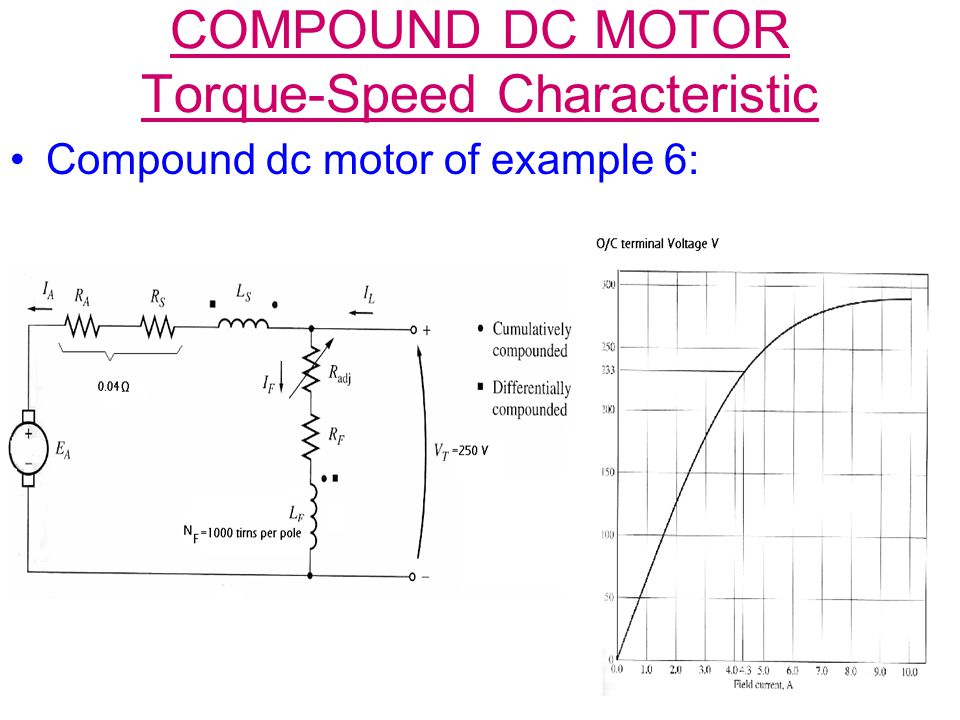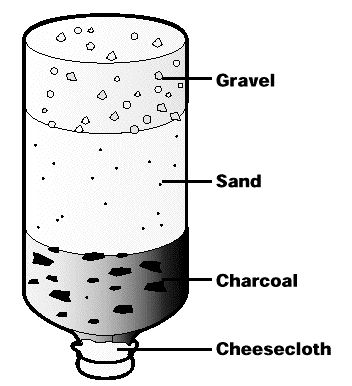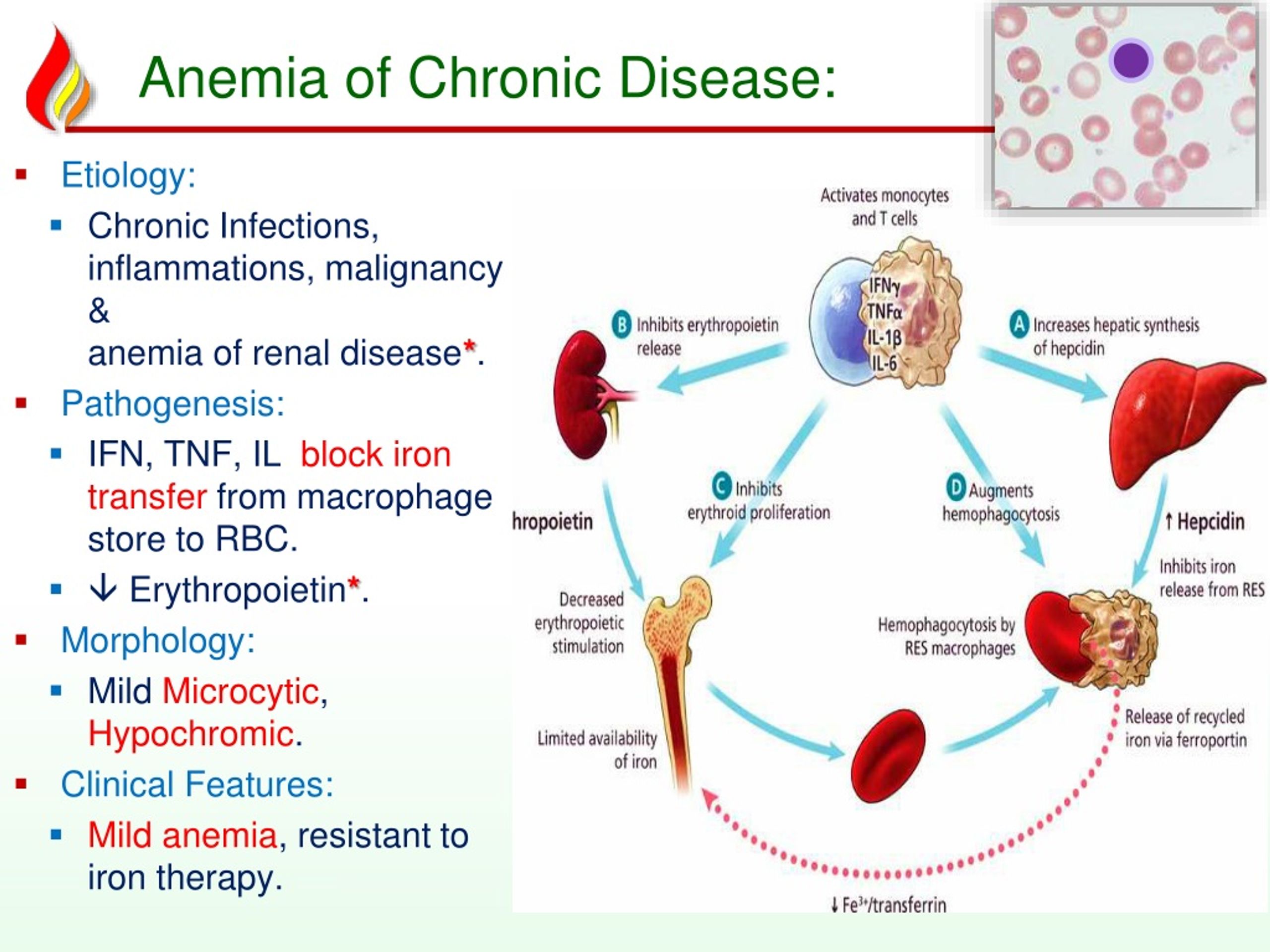Examples of motor
A List of Fine Motor Skills Examples by Age
- Share
In early childhood, children develop and learn to control the small muscles of their bodies, including the hands, fingers, eyes, tongue and toes. This is known as fine motor development.
Fine motor movements look different at various ages. A baby, for example, has to learn to hold a spoon while eating, whereas an older child learns to tie their shoes.
Some general examples of fine motor skills are:
- Picking up a toy with a pincer grasp
- Turning the pages of a book
- Placing pegs into a pegboard
- Buttoning a top
- Threading beads onto a string
- Drawing
- Writing
Below is a list of fine motor skills examples by age, from babies all the way up to children in primary/elementary school.
It lists some of the typical fine motor movements you can expect kids to do at certain ages.
Use it as a guideline only, as children develop at their own pace and may reach some milestones earlier or later.
Children develop their fine motor skills naturally through play but you can also plan fine motor activities that give them lots of opportunities to strengthen the small muscles of the body.
It’s also beneficial to give children access to a few, select fine motor toys to improve their fine motor skills – such as Lego, puzzles and lacing cards.
Here are the examples for infants, toddlers, preschoolers and children of school-going age.
Fine motor skills examples for infants
These examples are for infants up to about 18 months:
- Playing with fingers
- Clasping and unclasping hands
- Grasping and holding toys
- Putting objects in their mouth
- Clapping hands
- Following objects with eyes
- Holding a bottle
- Passing objects to someone
- Feeding with a spoon
- Pulling a toy with a rope
- Picking up objects with a pincer grasp (thumb and a finger)
Fine motor skills examples for toddlers
Here are some typical movements from around 18 months to 3 years:
- Pointing at pictures
- Picking up objects with a pincer grasp/ thumb and index finger
- Placing rings onto a stacking toy
- Holding crayons and scribbling or making lines and circular shapes
- Holding a paintbrush and making dots, strokes/lines and circles
- Using a palmar grasp (whole hand) and developing a tripod grasp (holding crayons with thumb and fingers)
- Building a small tower of blocks
- Placing pegs into a pegboard
- Transferring small objects into a tray
- Attempting to dress or undress
- Manipulating playdough
- Snipping paper with scissors
- Placing large pegs into a pegboard
- Building puzzles of 2 to 8 pieces
Fine motor skills examples for preschoolers
Children of ages 3 to 6 years develop these skills:
- Painting with paintbrushes of different sizes
- Holding crayons, pens and pencils with a tripod grasp, near the point
- Drawing pictures and pretend writing
- Drawing people with details, houses, animals and basic shapes
- Writing their name
- Dressing and undressing
- Brushing teeth, washing hands, combing hair and doing other self-care tasks
- Opening and closing a tap to wash hands
- Eating independently
- Tying shoelaces, fastening buttons and zips
- Controlling scissors and paper while cutting
- Gluing and pasting materials
- Doing finger rhymes
- Tearing paper
- Threading and lacing beads and string
- Building towers with blocks and manipulating construction toys
- Turning the pages of a book gently
- Hammering nails into a wooden board
- Using a preferred hand for most activities
- Building 12, 24 or 48-piece puzzles
- Creating constructions with waste materials
- Making playdough creations
- Preparing food – slicing, spreading, chopping, etc.
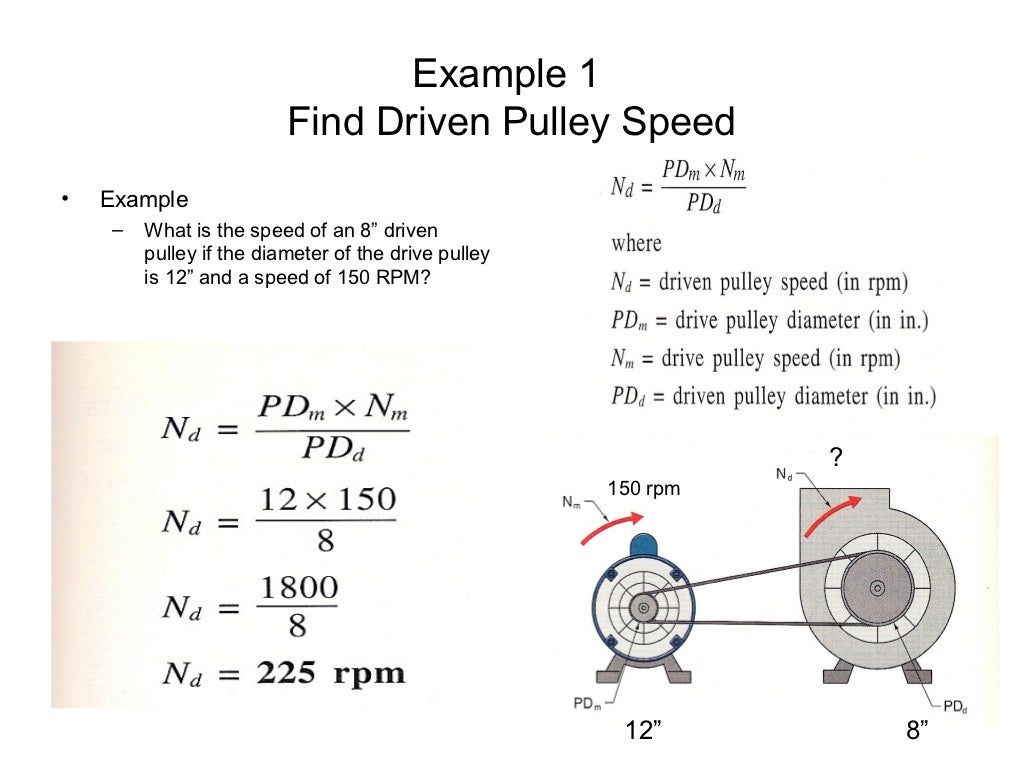
Fine motor skills examples for children in Elementary/Primary school
- Cutting neatly along straight and curvy lines
- Using a mature pencil grip
- Drawing pictures with fine details
- Writing letters and words along a line, in the correct size
- Threading fine beads onto a string
- Making intricate constructions
- Knitting
- Moulding playdough or clay into detailed objects
- Making paper folding creations
- Preparing food
For more detail, here is a full list of fine motor milestones between the ages of 0 and 6, as well as some info on why fine motor skills are important.
Sources:
Pieterse, M. 2007. Language and School Readiness. Metz Press: Welgemoed.
Sheridan, M. 1997. From Birth to Five Years: Children’s Developmental Progress. Routledge: London.
Get FREE access to Printable Puzzles, Stories, Activity Packs and more!
Join Empowered Parents + and you’ll receive a downloadable set of printable puzzles, games and short stories, as well as the Learning Through Play Activity Pack which includes an entire year of activities for 3 to 6-year-olds.
Access is free forever.
Signing up for a free Grow account is fast and easy and will allow you to bookmark articles to read later, on this website as well as many websites worldwide that use Grow.
- Share
A List of Gross Motor Skills Examples by Age
- Share
In early childhood, children develop and learn to coordinate the large muscles of their bodies. This is known as gross motor development.
Some general examples of gross motor skills are:
- Learning to walk
- Throwing and catching a ball
- Walking backwards and forwards
- Climbing up a ladder
- Riding a tricycle
- Balancing while walking along a low wall
- Hitting a tennis ball over the net
Below is a list of gross motor skills examples by age, from babies all the way up to children in primary/elementary school.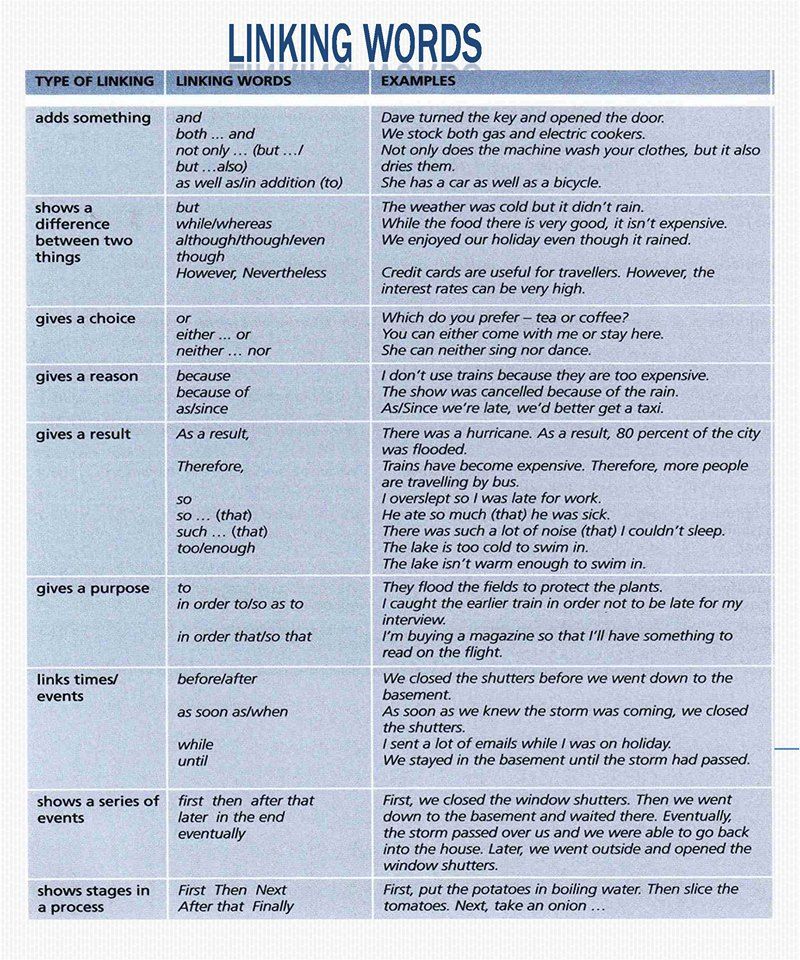
It lists some of the typical gross motor movements you can expect kids to do at certain ages.
It is a guideline only, as children develop at their own pace and may reach some milestones earlier or later.
Children build gross motor skills naturally through play but you can also plan movement activities that give them lots of freedom to explore movement and strengthen their bodies.
Here are some of the best types of gross motor activities. They are simple and will give kids tons of practice in developing their larger muscles.
It’s also beneficial to give children access to a few, select gross motor toys – such as balls, scooters and skipping ropes.
The most important ingredient is giving children lots of time to play. Babies need lots of floor time to explore movement, and older children need lots of indoor and outdoor free play time.
Here are the examples for infants, toddlers, preschoolers and children of school-going age.
Gross Motor Skills Examples for Infants
These examples are for infants up to about 18 months:
- Controlling head and neck
- Rolling over onto tummy or back
- Sitting
- Reaching for a toy
- Crawling or shuffling
- Pulling to a standing position (by holding onto furniture)
- Standing and walking
Gross Motor Skills Examples for Toddlers
Here are some typical movements from around 18 months to 3 years:
- Walking backwards and forwards
- Running while navigating obstacles
- Sitting on a chair
- Carrying a doll or toy around
- Pushing and pulling toys
- Walking up and down stairs
- Climbing onto furniture and simple play equipment
- Throwing and kicking a large ball
- Riding a push bike or scooter
- Balancing along a low beam or wall
- Jumping with feet together
- Going down slides
Gross Motor Skills Examples for Preschoolers
Children of ages 3 to 6 years develop these skills:
- Walking and running backwards, forwards and sideways
- Playing chasing games
- Stopping and changing direction while running
- Playing movement games with simple rules
- Standing on tiptoes and walking heel-toe
- Pedalling and steering a tricycle or bicycle
- Hopping, jumping and skipping
- Galloping
- Playing ball games
- Balancing and hopping on one leg
- Carrying objects up and down stairs
- Climbing ladders, trees and playground equipment
- Swinging independently
- Walking along a balancing beam
- Sitting with knees crossed
- Aiming and hitting, throwing, bouncing, kicking or catching a ball
- Learning to swim
- Dancing rhythmically to music
- Riding a standing scooter
- Digging holes
Read all about gross motor skills for preschoolers.
Gross Motor Skills Examples for Children in Elementary/Primary School
Children in the early grades and beyond can often participate in organized sports and more complex activities and movements. Here are some examples:
- Playing movement games with complex rules
- Riding a bicycle
- Roller-skating
- Skipping with a skipping rope
- Doing somersaults
- Swimming strokes
- Doing dances with complex steps
- Movements involved in organized sports, such as tennis, cricket, netball, hockey, etc.
For more detail, here is a full list of gross motor milestones between the ages of 0 and 6.
Sources:
Pieterse, M. 2007. Language and School Readiness. Metz Press: Welgemoed.
Sheridan, M. 1997. From Birth to Five Years: Children’s Developmental Progress. Routledge: London.
Get FREE access to Printable Puzzles, Stories, Activity Packs and more!
Join Empowered Parents + and you’ll receive a downloadable set of printable puzzles, games and short stories, as well as the Learning Through Play Activity Pack which includes an entire year of activities for 3 to 6-year-olds.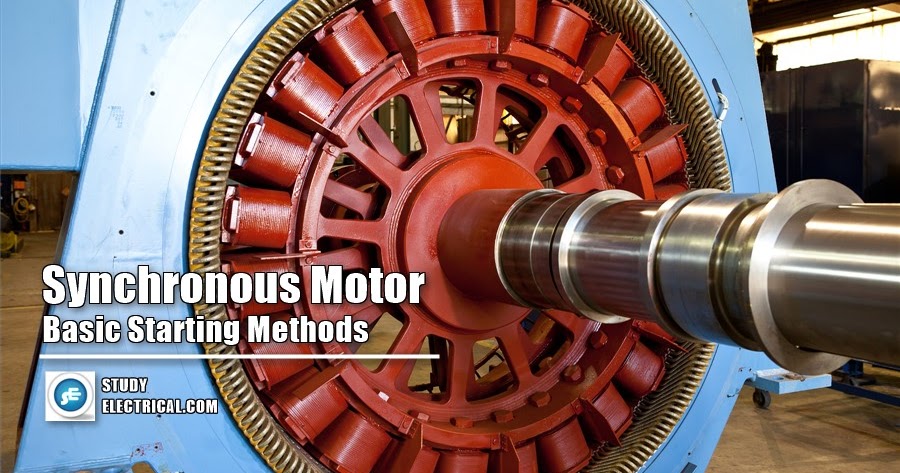
Access is free forever.
Signing up for a free Grow account is fast and easy and will allow you to bookmark articles to read later, on this website as well as many websites worldwide that use Grow.
- Share
Top 10 motors of all time - magazine Behind the wheel
In our review - ten famous engines, ten steps to perfection. Almost each of them influenced not only the development of technology, but also the social environment.
10th Place: Pioneer of Downsizing
01 TopEngines zr04–11
Decent engine performance with a modest displacement is no longer particularly surprising. We are starting to get used to the concept of "downsizing", realizing that the era of large displacement engines is gradually fading away. And it started, in my opinion, with a debut in the middle of the 191.8 liter supercharged engine developed by Audi from the 90s.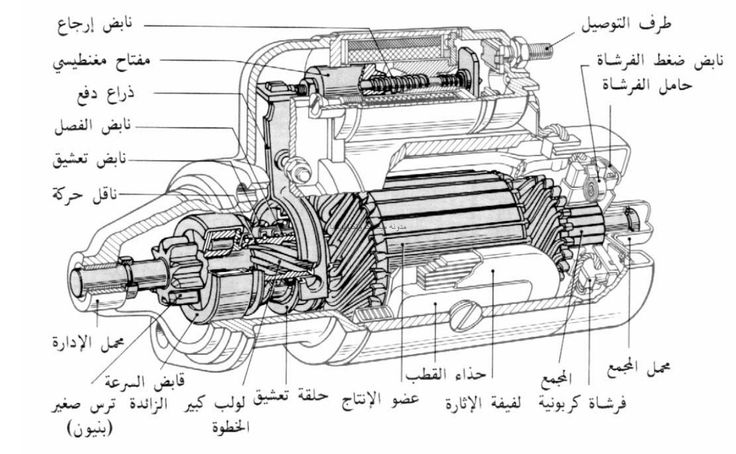 With a moderate working volume, he had to satisfy the owners of cars of various classes. Therefore, even in the simplest version, the engine produced 148 forces, which was enough to turn the SEAT-Ibiza hatchback into a small lighter and not make the owner of the prestigious Audi A6 burn with shame.
With a moderate working volume, he had to satisfy the owners of cars of various classes. Therefore, even in the simplest version, the engine produced 148 forces, which was enough to turn the SEAT-Ibiza hatchback into a small lighter and not make the owner of the prestigious Audi A6 burn with shame.
Actually, the displacement did not say anything about the capabilities of the unit. It was a small (including in terms of dimensions - put it at least lengthwise, at least across) masterpiece of its time: five valves per cylinder, variable intake phases, forged aluminum pistons and, of course, turbocharging. nine0003
With its help, the engine power was raised higher and higher, reaching 236 horsepower in the special version of the Audi-TT Quattro Sport. This limit was due only to the specifics of the road car. In the Palmer Audi racing formula, where the resource is not so important, with a new control unit and a supercharging unit, 365 forces were removed from the 1800 cc engine.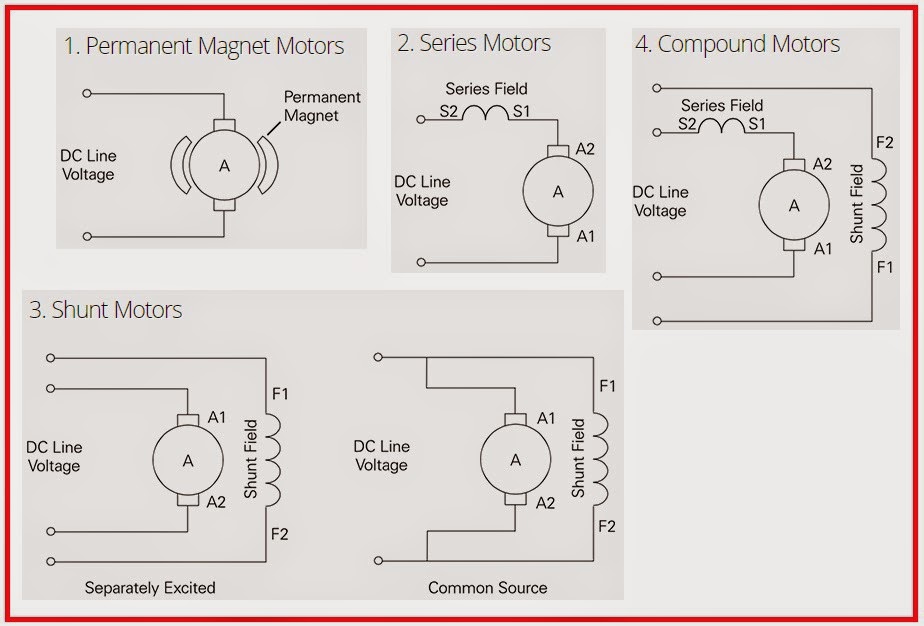 In Formula 2, turning a serial engine into a purely racing unit, they achieved a completely fantastic 480 forces. Therefore, the transition of Formula 1 to “sixes” with a volume of 1.6 liters in the light of the achievements of the Audi engine does not look absurd. nine0003
In Formula 2, turning a serial engine into a purely racing unit, they achieved a completely fantastic 480 forces. Therefore, the transition of Formula 1 to “sixes” with a volume of 1.6 liters in the light of the achievements of the Audi engine does not look absurd. nine0003
9th Place: Rotor Loyalty
02 TopEngines zr04–11
An exceptional case is when an automobile company is strongly associated with one type of engine. Of course, Mazda did not invent the Wankel rotary piston engine on its own. On the other hand, in the most difficult times of the energy crisis of the 1970s, she overcame the circumstances: she did not abandon, like others, this very difficult to fine-tune design, but continued to improve the Wankel in the narrow, but promising for the image segment of forced sports cars. Although it was originally planned that all Mazda models, up to trucks and buses, would eventually switch to the Wankel engine. nine0003
When in 1975 a two-section motor with an index of 13V appeared on serial machines, no one could have imagined that it would become the most massive RPD in the world and last in production for more than 30 years.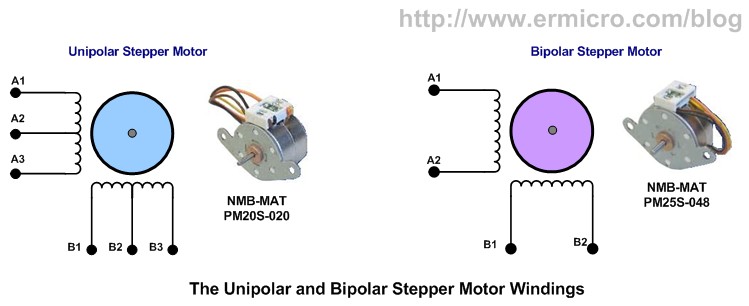 Moreover, even the modern Mazda RPD "Renesis" is only the result of the evolution of 13B. It was this engine that became the conductor to the series of most of the new products first used on the RPD, which provided it with such a long life - a tuned intake with variable geometry, electronic fuel injection, turbocharging. As a result, the engine, which began life under the hood of a utility pickup truck with a power of just over 100 hp, turned into the king of auto racing, giving out at least 280 hp even in the serial version. , low center of gravity and the ability to turn over 10 thousand revolutions per minute. Mazda's RX-7 coupes dominated the American Touring Car Championship for 19 years.80s thanks in large part to the 13B rotary piston engine.
Moreover, even the modern Mazda RPD "Renesis" is only the result of the evolution of 13B. It was this engine that became the conductor to the series of most of the new products first used on the RPD, which provided it with such a long life - a tuned intake with variable geometry, electronic fuel injection, turbocharging. As a result, the engine, which began life under the hood of a utility pickup truck with a power of just over 100 hp, turned into the king of auto racing, giving out at least 280 hp even in the serial version. , low center of gravity and the ability to turn over 10 thousand revolutions per minute. Mazda's RX-7 coupes dominated the American Touring Car Championship for 19 years.80s thanks in large part to the 13B rotary piston engine.
8th place: "eight" of the planet Earth
03 TopEngines zr04–11
Related materials
Corvette Stingray: Car G
Anyone with even the slightest interest in the American automotive industry must have heard of the Chevrolet Small Block G8.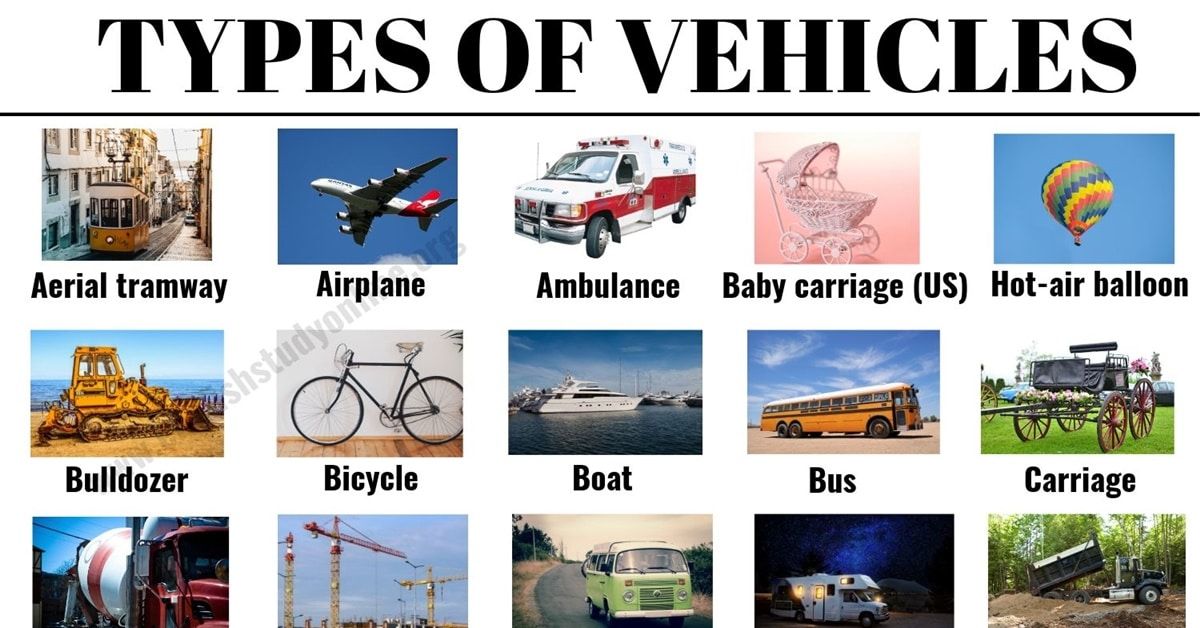 It is not surprising, because it could be found in almost unchanged form on various models of the General Motors concern from 1955 to 2004. A long career has made this underdrive engine the most common V8 on Earth. The first generation Small Block (not to be confused with similar engines of the second and third generations of the LT and LS series!) is still being produced, however, only for the aftermarket. The total number of manufactured motors exceeded 90 million.
It is not surprising, because it could be found in almost unchanged form on various models of the General Motors concern from 1955 to 2004. A long career has made this underdrive engine the most common V8 on Earth. The first generation Small Block (not to be confused with similar engines of the second and third generations of the LT and LS series!) is still being produced, however, only for the aftermarket. The total number of manufactured motors exceeded 90 million.
Do not associate the word Small with a small engine displacement. The working volume of the "eight" never fell below 4.3 liters, and at the best of times reached 6.6 liters. The motor got its name for the small height of the block, due to the ratio of the cylinder diameter and piston stroke: on the first sample, 95.2x76.2 mm. Such a short-stroke is due to the terms of reference: the new “eight” should have been entered under the low hood of the Chevrolet Corvette roadster, which until then had almost lost demand due to the weak in-line “six” for it.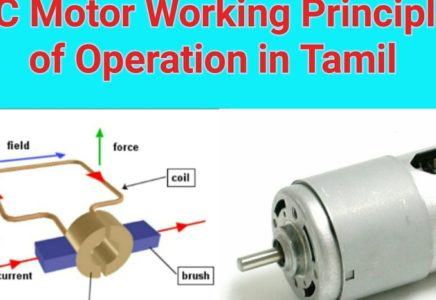 If this powerful V8 had not appeared, which spurred interest in the first mass-produced American sports car, the Corvette would hardly have survived the middle of 1950s.
If this powerful V8 had not appeared, which spurred interest in the first mass-produced American sports car, the Corvette would hardly have survived the middle of 1950s.
Soon, the successful Chevrolet "baby" was appointed the base "eight" for the entire GM, although each branch of the concern had V8 engines of its own design. A simple, reliable and unpretentious motor has survived all levels of recognition: it participated in races, worked as a driving force for boats, and was occasionally mounted even on light aircraft. And although in the last years of the full life of the engine it was offered only for pickups and vans, all car fans knew that this well-deserved V8 was once born to save the Chevrolet Corvette. nine0003
7th place: one of a kind
04 TopEngines zr04–11
What would an engine rating be without a BMW! The brand would have been included in our list already for its exclusive commitment to the in-line "six" - once such an arrangement of passenger engines was widespread. Apart from the Bavarians, only Volvo and the Australian branch of Ford now use it in passenger cars (SUVs and pickups) (the rest have given up in favor of the less balanced, but much more compact V6). But BMW stands apart: only this company was able to squeeze all the advantages out of six-cylinders arranged in a row - from amazingly smooth operation to the ability to easily spin up to the highest speeds. nine0003
Apart from the Bavarians, only Volvo and the Australian branch of Ford now use it in passenger cars (SUVs and pickups) (the rest have given up in favor of the less balanced, but much more compact V6). But BMW stands apart: only this company was able to squeeze all the advantages out of six-cylinders arranged in a row - from amazingly smooth operation to the ability to easily spin up to the highest speeds. nine0003
With each generation, starting with the 1968 BMW "six", which was obtained by adding a couple of cylinders to the already produced "four", these engines became lighter, more powerful, more perfect. Multi-cylinder schemes for Bavarians were practically banned - the first V12 appeared only in 1986, and V8 in general only in 1992. The creation of these engines is easier to justify with marketing than with the true love of engineers - they put all their soul and skill into precisely six cylinders arranged in a row. nine0003
The apotheosis of the atmospheric "six" BMW - the S54 engine of the 2000 model, designed for the M3. This is a hymn to the excellence of an essentially racing engine mounted on a civilian car. Heavy on the rise at first, but blooming at the slightest hint of a sporty driving style. 343 forces were removed from 3.2 liters of working volume (107 per liter) - for an atmospheric engine, even now, an excellent result.
This is a hymn to the excellence of an essentially racing engine mounted on a civilian car. Heavy on the rise at first, but blooming at the slightest hint of a sporty driving style. 343 forces were removed from 3.2 liters of working volume (107 per liter) - for an atmospheric engine, even now, an excellent result.
It would be difficult to achieve without the use of all the latest technologies at that time - individual throttles for each cylinder with electronic control, phase control systems, both inlet and outlet. In order for the engine to withstand any load, it was even transferred to a cast-iron cylinder block, which is rare for a BMW. nine0003
Unfortunately, the next generation M3 abandoned family values in favor of the V8. This is also a very good engine - but the joy of taming an angry beast is gone along with the old "six". Engines similar to it in the current conditions are considered, to be more precise, politically incorrect.
6th place: racing legend
05 TopEngines zr04-11
The last samples of the real Chemie V8 were assembled in 1971 (the modern family of the same name has nothing to do with it), but for more than a quarter of a century this engine served as a favorite toy for drag racing enthusiasts.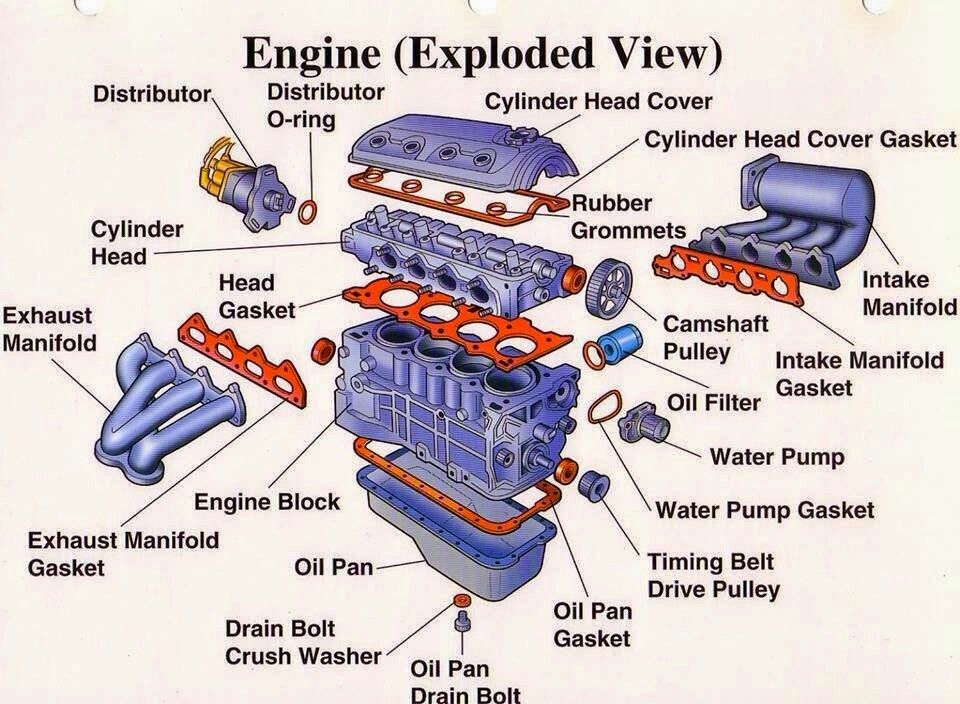 The motor that appeared in 1964 as a purely racing car for the NASCAR series, it was an ideal example of a sports V8 (displacement of 7 liters, or 426 cubic inches according to the American system, standard power of 425 horsepower) with minimal use of complex technologies: lower, with two valves per cylinder.
The motor that appeared in 1964 as a purely racing car for the NASCAR series, it was an ideal example of a sports V8 (displacement of 7 liters, or 426 cubic inches according to the American system, standard power of 425 horsepower) with minimal use of complex technologies: lower, with two valves per cylinder.
The most important difference from competitors was the hemispherical (hence "hemi", comes from HEMIspherical - "hemispherical") combustion chamber, which made it possible to optimize the process - to get more power with a lower compression ratio. However, Chrysler did not invent this either. His merit is that, on the basis of well-known technology, he created an invincible motor, which, in addition to its characteristics, was also distinguished by its unrealistic strength, capable of withstanding the most terrible forcing methods. No wonder the Hemi weighed noticeably more than any other early 19 V8.60s - almost 400 kg. But this circumstance did not at all prevent cars with the 426th Hemi from confidently crushing rivals in races.
The hegemony of the Chrysler engine was repeatedly tried to limit - rewriting the rules, changing the number of serial engines required for homologation, but it did not give up and held the leading position in NASCAR until the 1970s. By that time, he had become not only a sports legend, but also a street legend: production cars equipped with the road version of the Chemi were produced in scanty quantities - no more than 11 thousand of them were made, and even this smallness was distributed among several Dodge and Plymouth models. ". Today, cars with the original Chemi, despite their primitive design, cost a lot of money - the legend has taken a new turn. nine0003
5th place: it couldn't be harder
06 TopEngines zr04-11
The most unusual and ambitious project of the unique W16 engine was nurtured for the sake of the revived Bugatti brand. In fact, this engine, with the exception of a tremendous power of 1001 hp, is a logical development of the Volkswagen family of compact VR-shaped engines. They were distinguished by a critically small camber angle of only 15 degrees, which made it possible to use one head for both rows. The VR6 engine appeared on Volkswagens back in 1991 year. The American market demanded cars with six cylinders, and the Germans managed to get out of the situation by applying an original scheme that made it easy to squeeze in a “six” (both along and across) instead of the standard four cylinders without increasing the engine compartment.
They were distinguished by a critically small camber angle of only 15 degrees, which made it possible to use one head for both rows. The VR6 engine appeared on Volkswagens back in 1991 year. The American market demanded cars with six cylinders, and the Germans managed to get out of the situation by applying an original scheme that made it easy to squeeze in a “six” (both along and across) instead of the standard four cylinders without increasing the engine compartment.
Related materials
New VW engines: from three to twelve
Later, a successful find was developed on a larger scale. The ambitions of Ferdinand Piech, who wanted to make Volkswagen a top brand, led to the creation of the W8, which was two VR4s mounted on a common crankcase at an angle of 72 degrees. W12 appeared, "assembled" from two VR6. But the Bugatti engine, even in this company, stands apart. Its creators were faced with an almost impossible task - to produce record power with a minimum mass. Therefore, the motor, even with a similar scheme, turned out to be of a different level - made on the verge of engineering madness. The designers maximally compacted the space around the engine. Blocks of two VR8 collapsed at an angle of 90 degrees by placing four turbochargers between them at once.
Therefore, the motor, even with a similar scheme, turned out to be of a different level - made on the verge of engineering madness. The designers maximally compacted the space around the engine. Blocks of two VR8 collapsed at an angle of 90 degrees by placing four turbochargers between them at once.
Serious problem arose with cooling - solving it, only 15 liters of coolant were provided for intercoolers. Usually this amount was enough for the entire motor. But the Veyron did not fit into the standard schemes - three separate radiators worked to cool its engine in extreme conditions, distilling 40 liters of antifreeze. Difficulties arose with diagnostics, because it is almost impossible to determine failures in one of the 16 cylinders by ear. Therefore, the motor was equipped with a self-diagnostic system capable of quickly solving the problem, up to turning off the problem cylinder. nine0003
And now the fun part. With all the complexity and grandiosity of the idea (only valves - think about it! - 64 pieces), the creators managed to keep the weight of the W16 within 400 kg.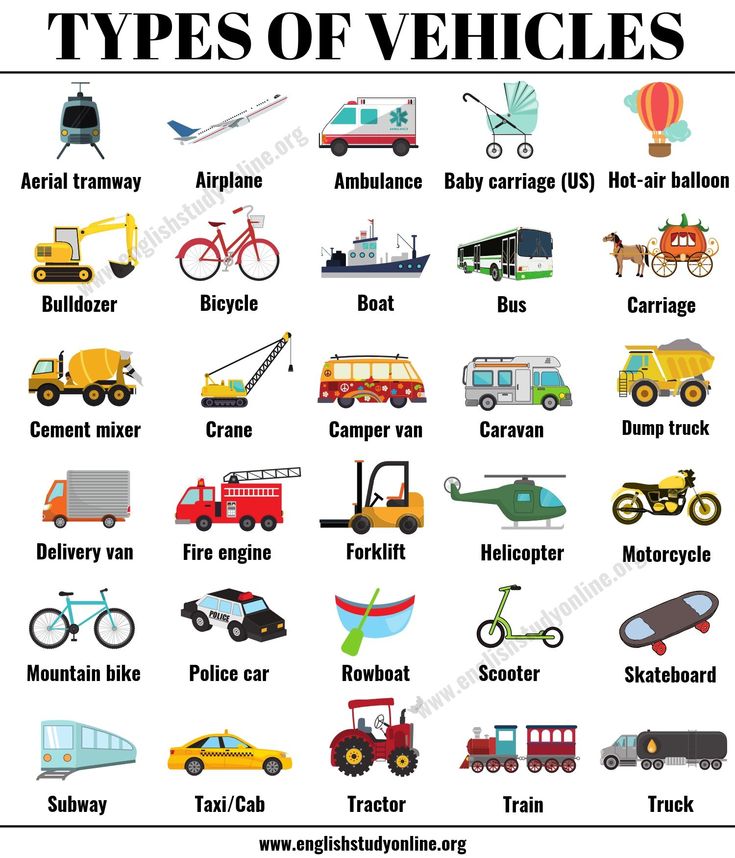 The financial factor in the creation of this engine was almost of no importance, so titanium connecting rods or an all-aluminum oil pump for the Bugatti engine are in the order of things.
The financial factor in the creation of this engine was almost of no importance, so titanium connecting rods or an all-aluminum oil pump for the Bugatti engine are in the order of things.
4th Place: Pioneer of the American Dream
07 TopEngines zr04–11
Now for one of Henry Ford's latest great ideas that revolutionized the automotive world. Before him, no one assumed that a mass car could easily be equipped with a prestigious and powerful "eight", which was considered an accessory only to expensive, luxurious cars. Appeared at 19In 1932, the Ford V8 radically changed the idea of cars from across the ocean for the next half century. Even before that, they were noticeably larger than European models of a similar cost, and the appearance of the mass-produced V8 finally separated the process of development of the automotive industry on different shores of the Atlantic in opposite directions.
Related materials
Ford shares history of unreleased Mustangs
But how did Henry Ford manage to reduce the cost of a rather complex and massive unit to the level of consumer goods? Oh, there were a lot of tricks here. For example, both cylinder blocks and crankcase in a Ford V8 were cast as a single piece. In the "eights" of the old school, these were at least three separate elements, fastened together with bolts. The crankshaft, instead of being forged, was cast with subsequent heat strengthening, which also reduced the cost. nine0003
For example, both cylinder blocks and crankcase in a Ford V8 were cast as a single piece. In the "eights" of the old school, these were at least three separate elements, fastened together with bolts. The crankshaft, instead of being forged, was cast with subsequent heat strengthening, which also reduced the cost. nine0003
The camshaft was located in the block, the valves and the exhaust system were placed inside the camber of the cylinders - this simplified the design of the engine, but led to overheating at the slightest problems with cooling. Even in the initial version, the "eight" with a working volume of 3.2 liters gave out decent 65 forces, which quickly made the Ford V8 a favorite of gangsters and police. John Dillinger and Clyde Burrow, in between bloody deeds, managed to drop a couple of lines to Henry Ford with gratitude for such a fast car. nine0003
When the first V8s reached retirement age, they ended up in the hands of young people who created outlandish cars called “hot rods” on their basis.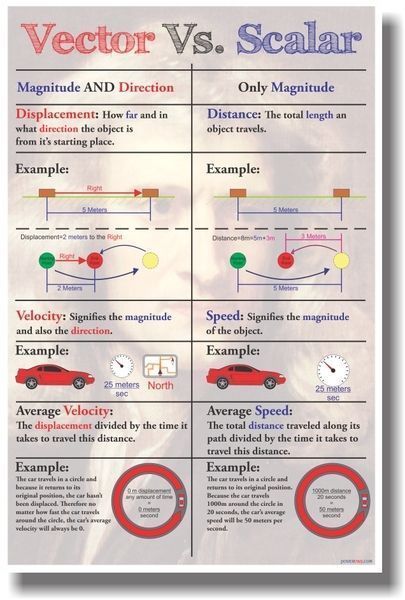 Simple, powerful, and easily boosted, Ford's G8 helped give birth to a super-popular car counterculture. Well, the company itself retired the engine only in 1953, when eight-cylinder engines in American cars had already become a ubiquitous phenomenon.
Simple, powerful, and easily boosted, Ford's G8 helped give birth to a super-popular car counterculture. Well, the company itself retired the engine only in 1953, when eight-cylinder engines in American cars had already become a ubiquitous phenomenon.
3rd place: altered mind
08 TopEngines zr04–11
In 1993, Toyota's R&D team formed a group to develop low-emissions vehicles that could bridge the gap between conventional combustion engines and electric vehicles. The result was the Toyota Prius, which appeared in 1997, the first mass-produced car with a hybrid drive. Then it was perceived as a curious experiment, a toy, obviously sold at a loss, which is unlikely to go beyond the exotic-loving Japanese islands. But Toyota had more serious plans. nine0003
The fundamental difference between the Prius and other hybrid cars that already existed at that time (we are talking about a lot of experimental ones and the serial Honda Insight that entered the market a little earlier) was a new approach to building such a model.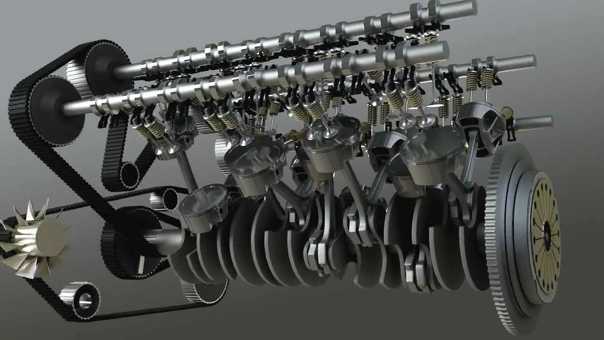 The Prius was built as a hybrid from the very beginning, without simplifications or compromises, like borrowing a body from a traditional model or using a conventional manual transmission (as was done on Insight).
The Prius was built as a hybrid from the very beginning, without simplifications or compromises, like borrowing a body from a traditional model or using a conventional manual transmission (as was done on Insight).
Toyota has introduced a hybrid transmission as an integral part of the car. Even the 1.5-liter gasoline engine was specially modified to work with an electric motor, transferring it to the Atkinson cycle, which is characterized by a shortened compression stroke due to the increased intake valve opening time. This made it possible to obtain an unusually high compression ratio (13–13.5) and additional advantages in the treasury of economy and environmental friendliness. nine0003
The payoff was the helplessness of the internal combustion engine at low speeds, but for a hybrid that always has the support of an electric motor, this is not a problem. This integrated approach eventually made the Prius a trendsetter for hybrids. He stood at the beginning of a process that cannot be stopped.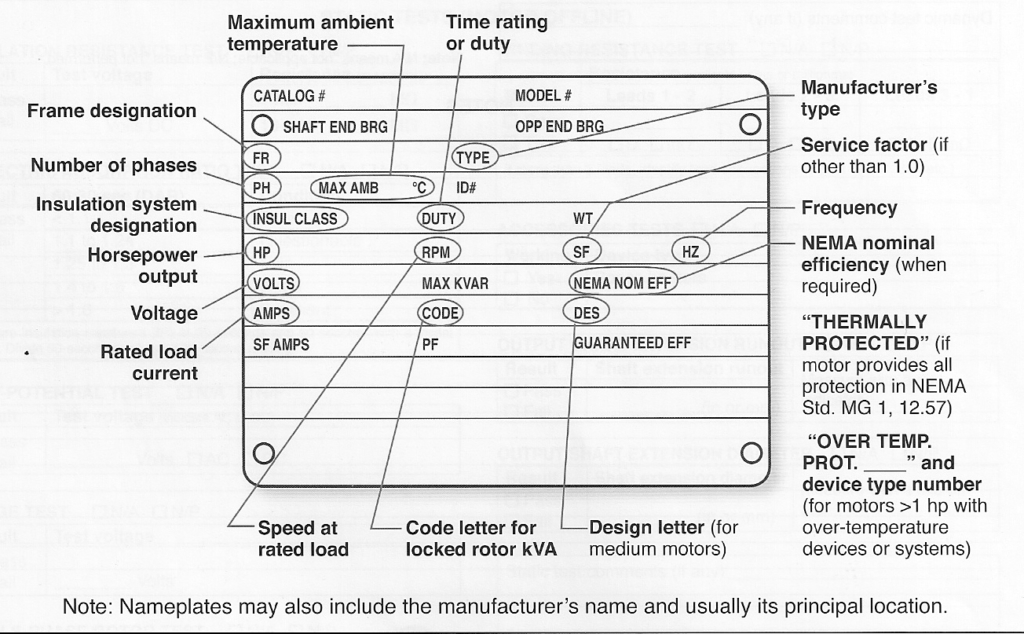
2nd place: a favorite of all continents
09 TopEngines zr04–11
What can I say about this air vent from Volkswagen? It is as legendary as the "Beetle" - the car under which it was made. Even more - after all, the scope of this motor was far from limited to one "Beetle". Simple, reliable, and lightweight, the air-cooled four-cylinder boxer proved so effective that its popularity far surpassed that of even the most common car in the world. nine0003
From the time when, thanks to the talent of Ferdinand Porsche, the first models of the engine appeared on the prototypes of the Beetle in 1933, he tried dozens of professions. Sufficient power (pre-war models produced at least 24 horsepower, and the most powerful ones tripled this figure at the end of serial production), air cooling without problems in any climate and low weight (aluminum cylinders, crankcase made of magnesium alloy) allowed the Volkswagen engine to find a lot of things to do. He served on Wehrmacht amphibians, mixed his exhaust with the smell of marijuana in hippie minibuses, powered fire pumps, compressors, sawmills, became the basis of pleasure buggies and pontoon trikes, soared into the sky on more than 40 types of aircraft. And this is not a complete list of his talents. More importantly, it was from this engine that the family of Porsche opponents grew. nine0003
He served on Wehrmacht amphibians, mixed his exhaust with the smell of marijuana in hippie minibuses, powered fire pumps, compressors, sawmills, became the basis of pleasure buggies and pontoon trikes, soared into the sky on more than 40 types of aircraft. And this is not a complete list of his talents. More importantly, it was from this engine that the family of Porsche opponents grew. nine0003
Throughout all the years of production (the motors of the family finally stopped producing only in 2006), the engine's circuit diagram did not change. The working volume grew, fuel injection was used on some versions, but the original scheme with a rod-type valve drive remained the same as on the first samples of the 1930s. It has been pleasing the hearts of motorists, and not only them, for more than 70 years - is this not the best indicator of the perfection of the motor?
1st place: first mass
10 TopEngines zr04–11
The flywheel of mass motorization began to spin from the Ford-T and its engine.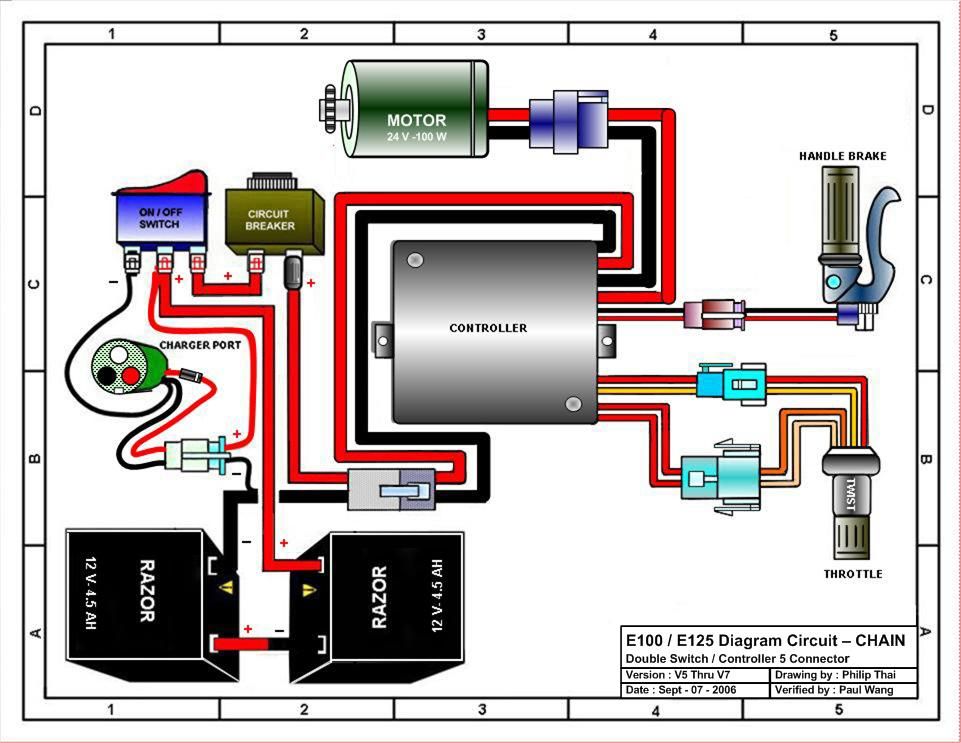 Moreover, it was the Teshki motor that at one time became the most common internal combustion engine in the world, the vast majority of the inhabitants of the globe met it. As in the case of the Volkswagen opposite described above, the Ford-T engine powered not only the car of the same name, of which more than 15 million were built from 1908 to 1927.
Moreover, it was the Teshki motor that at one time became the most common internal combustion engine in the world, the vast majority of the inhabitants of the globe met it. As in the case of the Volkswagen opposite described above, the Ford-T engine powered not only the car of the same name, of which more than 15 million were built from 1908 to 1927.
Related materials
Budget cars: the price of asceticism
Tractors, trucks, motor boats, camping power stations - it was used everywhere where there was a need for a cheap and easy-to-handle motor. As for cars, in some period up to 90% of the cars that traveled around the Earth were the only model T. And they were driven by this very engine of an unusually large displacement of 2.9 liters by today's standards - with a modest power of 20 forces. But the power here was not fundamental. Torque and omnivorousness are much more important - in addition to gasoline, the Teshka was officially allowed to refuel with kerosene and ethanol. nine0003
nine0003
The engine is remarkably simple. Assembled in one block with a two-stage planetary gearbox, the four-cylinder engine shared lubricating oil with the transmission. No pressure was created in the system, lubrication was carried out by splashing. The water pump was retired after a year of production - Henry Ford decided that a simple thermosiphon principle was enough for a cheap car, when the liquid circulates due to the temperature difference.
On the other hand, the Ford motor is unusual for its time in that its block and crankcase were cast as a single unit, and the cylinder head was made as a separate part for the first time in world practice. But this is a tribute to mass production: not a single car in the world was produced on such a scale as the Ford, so its design was originally designed for the fastest and easiest assembly. nine0003
The Teshka's engine outlived the car itself for a long time. The last copy was assembled in August 1941. It will remain in history as the first mass ICE of mankind.
10 engines that changed the world
In our review, ten famous engines, ten steps to perfection. Almost each of them influenced not only the development of technology, but also the social environment.
10 engines that changed the world
8 most famous engine types in the world and their differences
After reading our overview, you will understand how the eight types of engines in the world work.
An engine is a unit that can convert one energy into mechanical energy. This category includes many types of engines, ranging from steam (external combustion engines) and electric to internal combustion engines (gasoline, diesel engines, etc.). We'll show you eight of the world's most famous engines and explain how they work in a simple and intuitive way, describing how they work. nine0003
nine0003
1. Boxer engine
In a horizontally opposed (opposed) engine, the pistons move on both sides of the crankshaft to the left and right in a horizontal direction. In this case, the engine height is reduced. Due to the use of a boxer engine, the center of gravity of the vehicle is reduced - the car moves more smoothly. The torque generated by the pistons on both sides cancel each other out, greatly reducing vehicle vibration while driving. nine0003
Also, a similar design allows you to make engines with high speed. But, despite the high speed, boxer motors have less noise than conventional internal combustion engines.
Horizontal piston engines are used by Porsche in almost all models. But, for example, boxer engines are not used in the Porsche Cayenne and Panamera.
2. In-line engine
In an in-line engine, all of its cylinders are located next to each other in the same plane. The design of the cylinders and crankshaft is quite simple. The cylinder head has a low manufacturing cost. In-line engines are also characterized by high stability, low-speed torque characteristics, low fuel consumption and compact size. In-line engines are usually denoted by the Latin letter "L-n", where n is the number of cylinders in an in-line engine. Modern cars mainly have engines with the designation L3, L4, L5, L6. nine0003
The cylinder head has a low manufacturing cost. In-line engines are also characterized by high stability, low-speed torque characteristics, low fuel consumption and compact size. In-line engines are usually denoted by the Latin letter "L-n", where n is the number of cylinders in an in-line engine. Modern cars mainly have engines with the designation L3, L4, L5, L6. nine0003
3. V-type engine (V-type power unit)
The V-type engine divides all cylinders into two groups opposite each other at a certain angle. As a result, the motor forms a plane at an angle. If you look at this type of engine from the side, it will have a V-shape. V-shaped engines have a small height and length. This type of motor is more convenient to place in a car compared to conventional in-line motors, which are much larger in size. nine0003
V-twin engines are used in many midsize and luxury cars these days. Most often these are 6-cylinder power units. For example, such engines are on the Volkswagen Passat, Audi A6 and Mercedes E-Class AMG.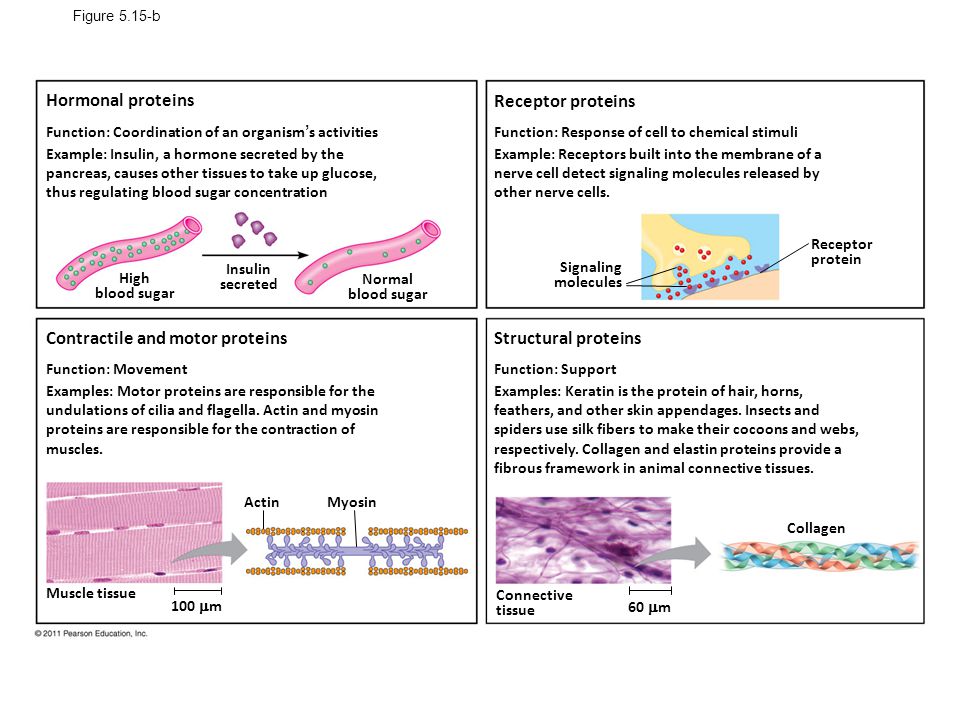
4. Quasi-turbine engine
The quasi-engine is a modified engine based on a rotary power unit. While a conventional rotary engine uses three blades, the quasi-engine uses a four-piece chain rotor. This is a pistonless rotary motor with a diamond-shaped rotor. Motor Advantage: This is a new type of motor with small size, high power, high torque, which can run on a variety of energy sources. nine0003
At the moment the quasi-engine is not used in any car, so it is not possible to check whether it is suitable for replacing conventional piston combustion engines or as a better alternative to conventional rotary engines. The quasi-engine is still in the prototype stage.
5. Rotary motor
The internal space of the rotary motor housing is always divided into three working chambers. During the movement of the rotor, the volume of the three working chambers is constantly changing. The engine also has four strokes: intake, compression, combustion and exhaust are completed in sequence in a cycloid cylinder. nine0003
nine0003
The rotary engine is very different from conventional reciprocating internal combustion engines. The cost of production of rotary motors is much higher, as well as their subsequent maintenance and repair. In addition, a piston engine is more efficient than a rotary engine in terms of power, weight, emissions and energy consumption.
Combined with this, and the strangeness of rotary engine technology, the big car companies came to the conclusion that the use of rotary powertrains in the automotive industry was pointless. Since rotary engines did not show their advantages over conventional ones, car companies did not have enthusiasm for their further development. Only Mazda still spends a lot of money on the development of new generations of rotary engines. nine0003
6. Green Steam Engine
Green Steam is an efficient, economical and simple engine designed by inventor Robert Green of Laguna Woods, California, USA. This motor converts excess heat into water vapor, which drives the power unit. Lightweight and compact, the Green Steam motor converts reciprocating motion into rotary motion. Its main feature is a flexible shaft that transmits the reciprocating motion from the pistons to the "Z" crank, thus making rotational motion without the use of wrists, connecting rods or crankshafts. nine0003
Lightweight and compact, the Green Steam motor converts reciprocating motion into rotary motion. Its main feature is a flexible shaft that transmits the reciprocating motion from the pistons to the "Z" crank, thus making rotational motion without the use of wrists, connecting rods or crankshafts. nine0003
This motor can be used for air pumps, generators, water pumps, hot air blowers, water distillers, heat pumps, air conditioners, model aircraft, etc.
of an engine is its ability to generate power from the heat of the engines. As such, waste heat from the exhaust gases from a vehicle's engine can be converted into energy used for some of the vehicle's cooling systems and pumps. This engine will increase the efficiency level of any vehicle or machine system on which it is installed. nine0003
7. Stirling engine
The Stirling engine is a type of external combustion power unit. It is based on periodic heating and cooling of the working fluid with the extraction of energy from the resulting pressure change.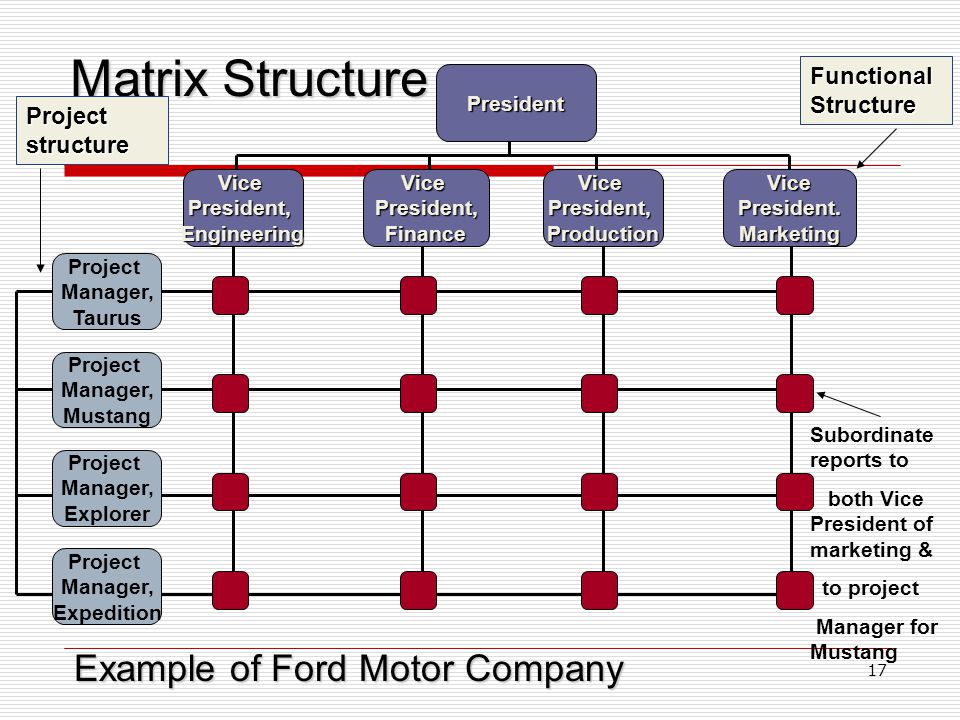 The principle of operation of the Stirling engine is to constantly compress the working cylinder, as a result of which its internal part is heated and then cooled. Due to the pressure difference, the energy generated by the change in pressure is extracted from the cylinder. Usually, hydrogen or helium is used as the working fluid. But more often, air is used in such motors. nine0003
The principle of operation of the Stirling engine is to constantly compress the working cylinder, as a result of which its internal part is heated and then cooled. Due to the pressure difference, the energy generated by the change in pressure is extracted from the cylinder. Usually, hydrogen or helium is used as the working fluid. But more often, air is used in such motors. nine0003
Stirling engines are excellent for converting heat into electricity. For example, many experts believe that these motors are suitable for solar electrical installations.
That is, these are ideal power units for converting solar energy into electricity.
8. Radial engine (star engine)
The radial engine is an internal combustion piston engine in which the cylinders are arranged around a crankshaft. One piston is connected to the crankshaft through the main connecting rod. The remaining pistons are attached through the connecting rods to the main connecting rod rings.